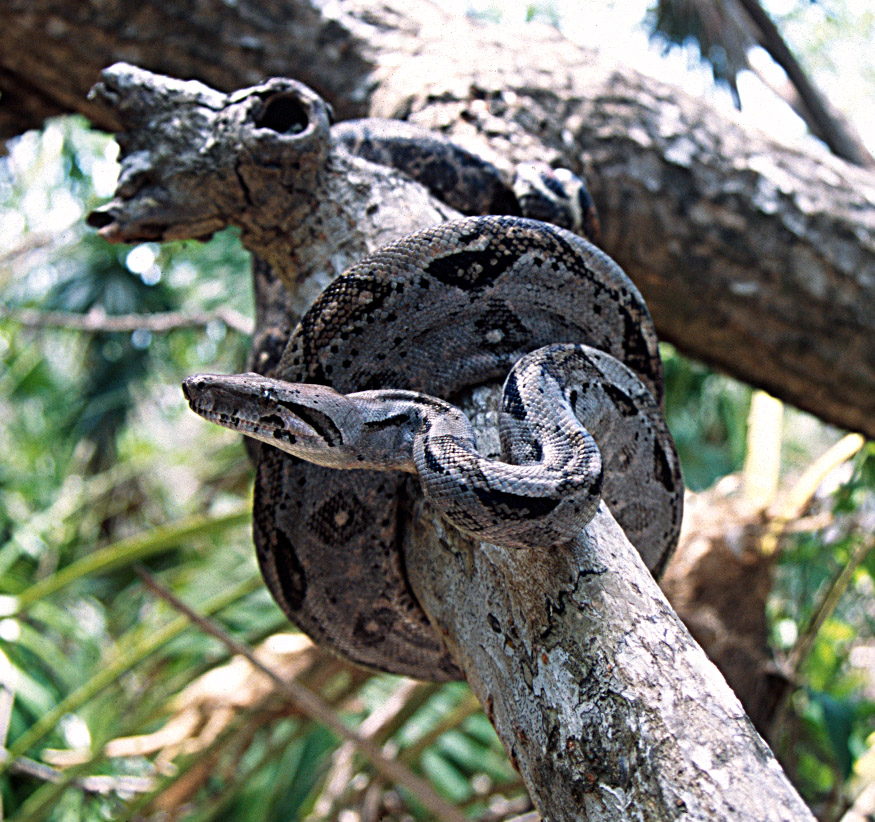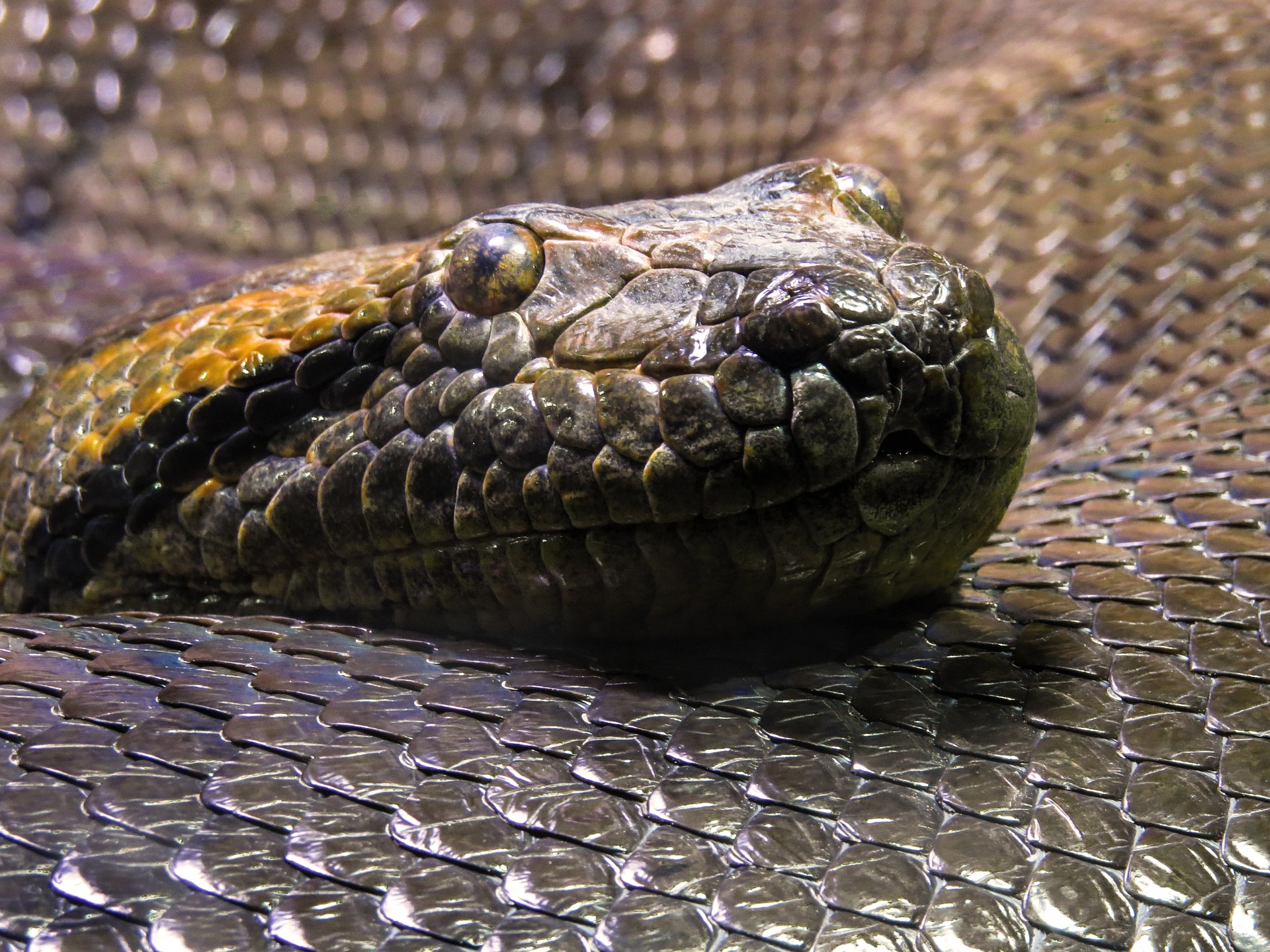


Boas include some of the world's largest snakes, with the green anaconda of South America being the heaviest and second-longest snake known in general, adults are medium to large in size, with females usually larger than. These markings can be dark on a gray or light tan background. The northern rubber boa has a ‘slow’ life history – a long life-span and a low reproductive rate. The Boidae, commonly known as boas or boids, are a family of nonvenomous snakes primarily found in the Americas, as well as Africa, Europe, Asia, and some Pacific islands. A boa constrictor has the saddle-like marks all over its body.

Why is the northern rubber boa in danger? Please do not stress the snake by picking it up. Most sightings occur around the hot springs area. The northern rubber boa is nocturnal, rare and seldom seen. Kootenay National Park is the northern limit of its range and the hot pools provide it with a rare and much needed source of heat. In Kootenay, it is found on rocky outcrops around the hot pools in Sinclair Canyon. It is found in rock-piles where it absorbs the warmth of the rocks and hides from predators. The northern rubber boa spends most of the day under cover, emerging at night to hunt small mammals and birds.

It’s hard to know which end is which and it has been dubbed the two-headed snake. This snake resembles a rubber tube with a blunt tail and shovel-like snout. Our data provide weak evidence to reject nonadaptive processes as creating geographic variations in the body sizes and morphology of Green Pythons and suggest that a better understanding of the relative importance of different prey may elucidate the mechanisms involved.Yes, there are boa constrictors in Kootenay National Park! Don’t worry, they are not the man-eating kind the biggest thing they can tackle is a mouse. Although the two New Guinean mainland populations of Green Python are the most genetically divergent from one another, they are the most morphologically similar. However, large females, despite their larger overall size, consumed a greater proportion of small, diurnal prey (lizards and birds) than did males, suggesting a niche divergence. Boa constrictors are very powerful and will escape if given the chance, so enclosures must be secure. Males and females selected the same prey types. Within all populations females grow to larger body sizes, although we observed little sexual dimorphism in other traits. However, they strongly prefer forested areas that are rich in food. Juvenile Green Pythons preyed exclusively on small lizards and adults preyed on mammals, while birds comprised only 2.5% of all dietary records. They are found in a wide variety of habitats, from tropical rainforests to semi-desert areas. When in danger they escape beneath water- this is their defense mechanism. Body sizes and morphology differed among populations and, although some variation could be explained by sampling biases, we found no significant geographic dietary variation to help explain these differences. Anacondas belong to the Boa Constrictor family. To help clarify anecdotal reports of morphological variation among populations of Green Pythons (Morelia viridis), we assessed geographic and sexual variations in the body size, morphology, and diet of 908 individuals from five sites in Australia and New Guinea. Boa constrictor is often referred to as a sit-and-wait or ambush forager that chooses. Several studies have shown this to be true for snakes and have linked intraspecific differences in these attributes to geographic and sexual variations in prey sizes and diet. thumbnail Boa constrictor (Boa constrictor): foraging behavior. The ones that live in dry environments usually hang out in rock crevices or in underground burrows made by other wildlife. Body sizes and morphological traits of animals are often strongly influenced by their diet. Boas are found in a variety of habitats, including open woodlands, like the rainbow boa, and rocky, semi-desert scrublands, like the Egyptian sand boa.


 0 kommentar(er)
0 kommentar(er)
